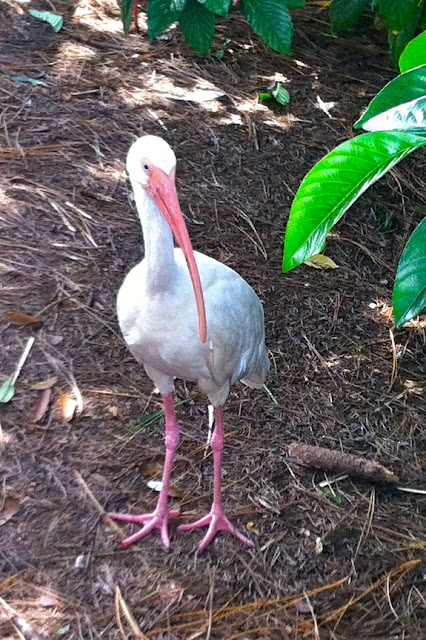 |
| The San Rafael Swell |
“As we approached the river yesterday, the ridges on either side of its banks to the west appeared broken into a thousand forms - columns, shafts, temples, buildings, and ruined cities could be seen, or imagined, from the high points along our route” ~ John Williams Gunnison, 1853
Gunnison had arrived in Mormon Territory, leading a survey team in a futile attempt to chart a route through unforgiving land for the transcontinental railroad. They had followed the Spanish Trail and just crossed the Green River before encountering the remarkable San Rafael Swell.
Unable to find a plausible passageway through the maze of cliffs, spires and slot canyons, the dogged crew skirted the barrier and headed west. Soon after leaving the swell, things turned tragic as Gunnison and his group were attacked by Pahvant Indians on 26 October 1853 while camped beside the Sevier River. Gunnison and seven of the eleven men in his party were massacred.
Today, the uninhabited region appears just as forbidding as it did back then. Access into the spectacularly beautiful area is dangerous, untamed and unrestricted. It’s a place where antelope, desert bighorn and wild horses roam freely.
Part of the Colorado Plateau, the San Rafael Swell is a unique geologic feature formed in central Utah 60 million years ago. Bulging out of the flat terrain, the massive uplift is a giant dome-shaped anticline that is roughly 75 miles long by 40 miles wide.
The San Rafael River and Muddy Creek cut through the high desert creating valleys, gorges, mesas and buttes. The relentless force of running water and high winds have eroded the sculptured sandstone revealing multi-colored layers.
Along the entire perimeter of the swell, the transition zone becomes extremely rugged. Distinguished by arches, pinnacles and goblin-shaped knobs, the magnificent borderland is known as the San Rafael Reef.
The impressive eastern boundary is especially breathtaking as it has been chiseled into a dazzling array of folds, fins and shark’s teeth. Strata at the reef’s edges are dramatically exposed and angled near vertical.
Upon arriving at this fantastic place, the lonely landscape is almost indescribable. Indians called the strange formations “Sau-auger-towip” or Stone House Lands while the first white settlers named it the Silent City.
Located in one of the emptiest and least developed regions of Utah, the swell has been repeatedly proposed as a National Monument. That may never happen but that’s okay because the locals like it just the way it is and so do I.
Utah is well known for its unpolished beauty and deservedly so as crowds throng to the state’s Mighty 5 National Parks. I just prefer the solitude of the San Rafael Swell so I hope it remains an undiscovered natural wonder of the American West.
 |
| Unforgiving land |
 |
| The remarkable San Rafael Swell |
 |
| A maze of cliffs, spires and canyons |
 |
| The uninhabited region is still forbidding |
 |
| A spectacular area |
 |
| The swell is a unique geologic feature |
 |
| Ghost Rock at the swell's summit |
 |
| The rugged perimeter is called the reef |
 |
| The eastern boundary is breathtaking |
 |
| A lonely landscape |
 |
| Stone House Lands |
 |
| The Silent City |
 |
| Located in Utah's emptiest region |
 |
| A natural wonder of the west |


















Comments
Post a Comment